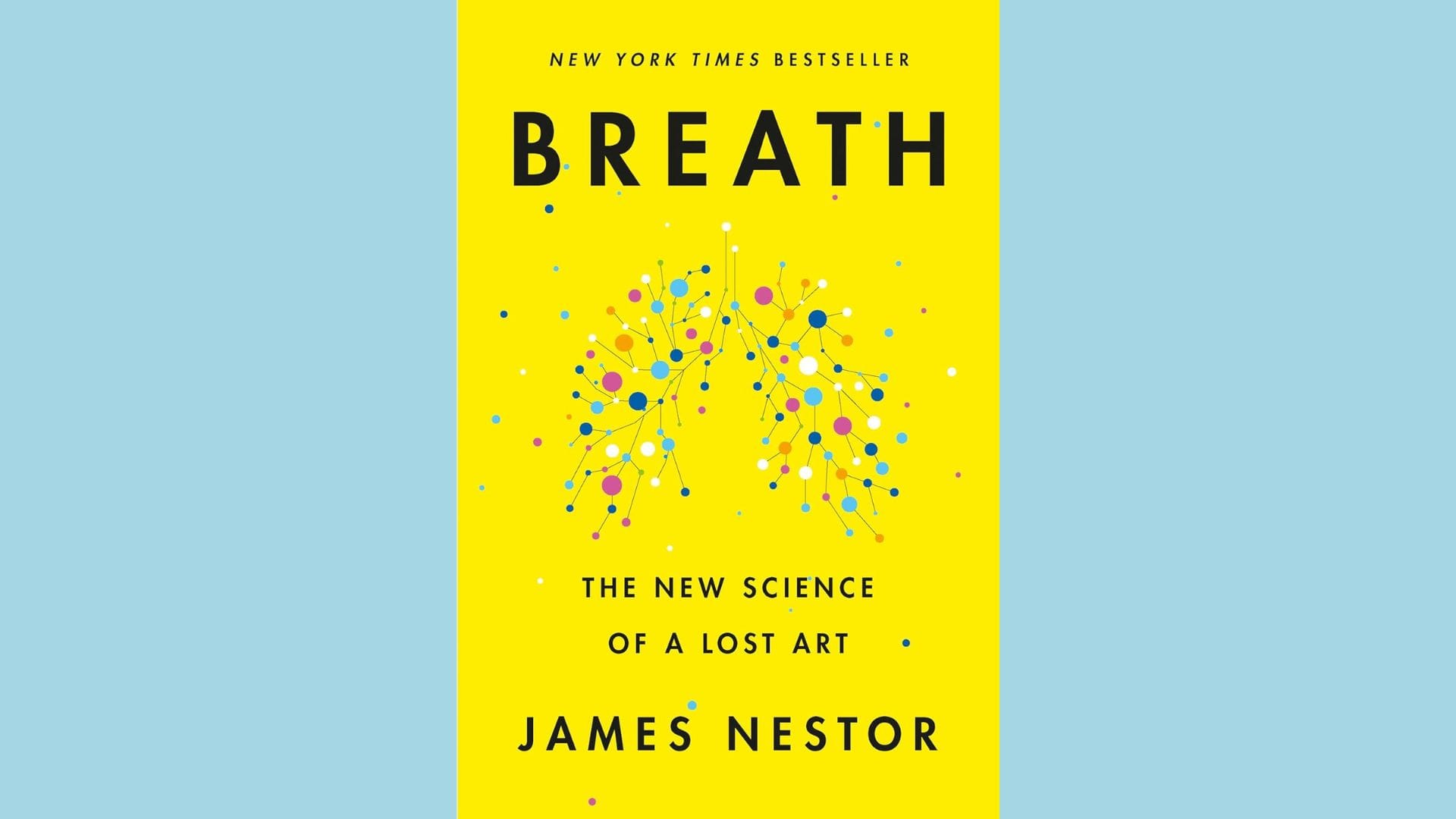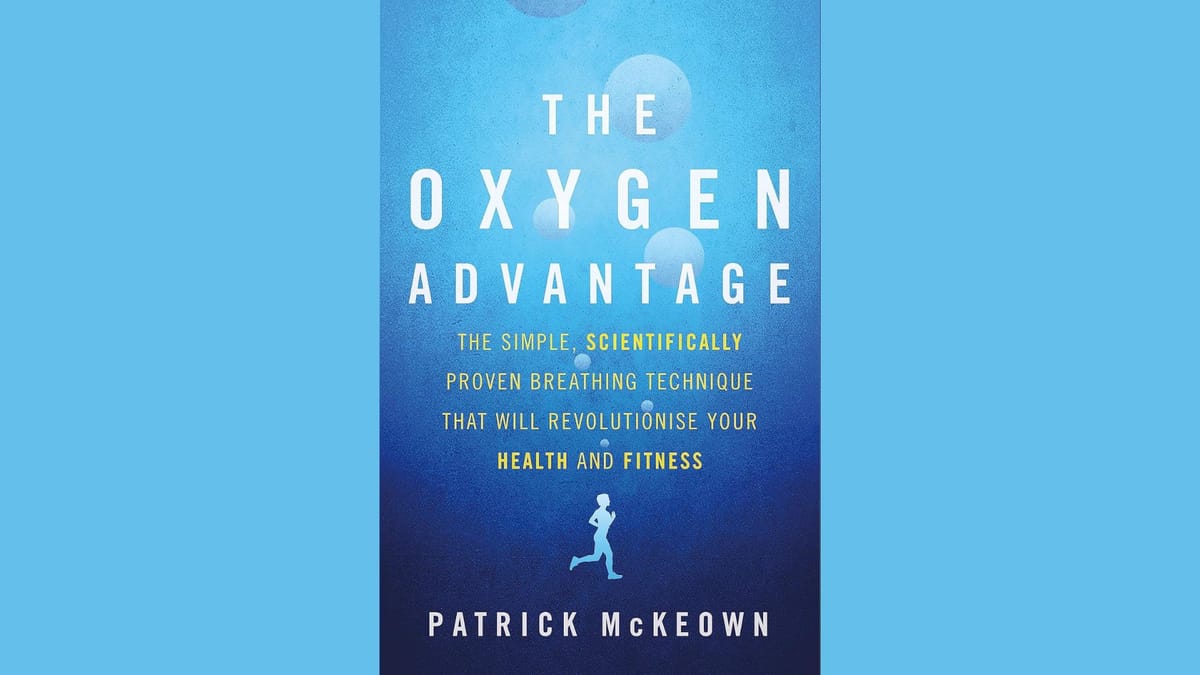Summary: Breath by James Nestor

In Breath: The New Science of a Lost Art, James Nestor explores one of the most overlooked aspects of human health—breathing. Through scientific research, historical analysis, and personal experimentation, Nestor shows that proper breathing can improve physical health and mental well-being and even extend lifespan. However, due to modern lifestyle changes, many of us are breathing incorrectly, leading to chronic health issues.
1. The Modern Breathing Crisis: Why We’re Doing It Wrong
James Nestor opens the book with a startling claim: modern humans have forgotten how to breathe. He explains that due to changes in diet, lifestyle, and even the structure of our skulls, we’ve developed poor breathing habits that negatively impact our health.
One of the primary culprits is mouth breathing. Nestor argues that mouth breathing, which many of us unconsciously do, is linked to a variety of health issues, including:
- Sleep apnea
- Snoring
- Asthma
- High blood pressure
- Anxiety
- Crooked teeth and poor facial structure
Through scientific research and personal experiments, Nestor shows that even small changes in breathing can make a big difference.
💡 Key Insight:
Mouth breathing is harmful. Switching to nasal breathing can significantly improve health outcomes.
2. The Science of Nasal Breathing: Why It’s Superior
Why is nasal breathing so important?
Breathing through the nose offers several benefits that mouth breathing does not:
Benefits of Nasal Breathing:
- Filters the air: The nose is a natural filter, trapping harmful particles and bacteria.
- Regulates air temperature and humidity: Nasal breathing ensures the air entering your lungs is at the right temperature and moisture level.
- Produces nitric oxide: The nose produces nitric oxide, a molecule that dilates blood vessels, improves circulation, and enhances oxygen absorption.
Mouth breathing bypasses all of these benefits and leads to poor oxygenation, higher stress levels, and even changes in facial structure over time.
In the book, Nestor shares an experiment he conducted with Dr. Anders Olsson in which he plugged his nose and breathed only through his mouth for 10 days. The results were alarming:
- His blood pressure rose by 13 points.
- He developed sleep apnea.
- His snoring increased by 4,800%.
- His energy levels and mood drastically declined.
“The nose is the silent warrior: the gatekeeper of our breath and the key to our health.”
3. Ancient Breathing Techniques: Rediscovering Lost Wisdom
One of the book's most fascinating sections explores ancient breathing practices that modern science is now validating. Nestor traveled the world to study breathing techniques used by ancient cultures, including:
🌬️ Pranayama (Yoga Tradition)
Pranayama, a key component of yoga, focuses on controlling the breath to balance the mind and body. This ancient practice can:
- Lower blood pressure
- Reduce stress
- Improve lung capacity
💡 Try “Nadi Shodhana” (alternate nostril breathing) to calm the nervous system and improve focus.
Tummo Breathing (Tibetan Monks)
Tummo breathing, practiced by Tibetan monks, allows them to generate heat in freezing temperatures. Modern practitioners like Wim Hof (the “Iceman”) have popularized this technique, which involves deep breathing and breath retention.
Tummo breathing has been shown to:
- Activate the immune system
- Improve stress tolerance
- Increase cold resistance
Buteyko Method (Modern Breathing Therapy)
Developed by Ukrainian doctor Konstantin Buteyko, the Buteyko Method focuses on reducing over-breathing and increasing carbon dioxide tolerance. It is particularly effective for people with asthma, anxiety, and sleep apnea.
Benefits of the Buteyko Method include:
- Improved oxygen efficiency
- Reduced respiratory distress
- Enhanced athletic performance
4. The Health Impacts of Proper Breathing
Nestor demonstrates that breathing is directly linked to several key areas of health:
| Health Area | Effect of Poor Breathing | Effect of Proper Breathing |
|---|---|---|
| Sleep | Snoring, sleep apnea, poor rest | Deeper, more restorative sleep |
| Stress | Activates fight-or-flight response | Activates parasympathetic (rest/digest) response |
| Cardiovascular Health | High blood pressure, poor circulation | Lower blood pressure, improved blood flow |
| Immune Function | Weakened immune system | Enhanced immune response through nitric oxide production |
| Mental Clarity | Brain fog, anxiety, poor focus | Increased focus, calmness, and mental clarity |
💡 Key Insight:
Breathing impacts every system in the body. Simple breathing changes can improve sleep, reduce stress, and boost immunity.
Practical Applications: Breathing Techniques You Can Start Today
1. Nasal Breathing
Make a conscious effort to breathe through your nose during the day and while you sleep. This simple change can drastically improve your health.
👉 Tip: If you tend to breathe through your mouth at night, consider trying mouth taping (lightly taping your lips) to encourage nasal breathing while you sleep.
2. Slow Breathing
Nestor recommends breathing at a rate of 5.5 breaths per minute to optimize oxygen intake and activate the parasympathetic nervous system.
Try this 5.5-second breathing technique:
- Inhale for 5.5 seconds
- Exhale for 5.5 seconds
This pace—about 5.5 breaths per minute—helps the body achieve optimal oxygen balance.
3. Box Breathing
Box breathing is a widespread technique Navy SEALs use to reduce stress and improve focus.
Here’s how it works:
- Inhale for 4 seconds.
- Hold for 4 seconds.
- Exhale for 4 seconds.
- Hold for 4 seconds.
Repeat this pattern for several minutes to calm the mind and body.
4. Breath Holds
Briefly holding your breath after exhaling can improve your carbon dioxide tolerance, which helps the body absorb oxygen more efficiently.
Try this exercise:
- Inhale deeply.
- Exhale completely.
- Hold your breath for 10-30 seconds before inhaling again.
This practice strengthens your respiratory system and boosts oxygen efficiency.

Practical Tool: 5-Day Breathing Challenge
Take control of your breathing with this simple 5-day challenge:
| Day | Focus | Exercise |
|---|---|---|
| Day 1 | Nasal Breathing | Practice nasal breathing all day. |
| Day 2 | Slow Breathing | Inhale for 5.5 seconds, exhale for 5.5 seconds. |
| Day 3 | Box Breathing | Try the box breathing technique: 4-4-4-4. |
| Day 4 | Breath Holds | Practice holding your breath after exhaling. |
| Day 5 | Mouth Taping | Lightly tape your mouth at night to encourage nasal breathing. |
Conclusion: The Forgotten Power of Breath
James Nestor’s Breath offers a profound message: how we breathe can harm or heal us. By returning to natural, healthy breathing habits—primarily nasal breathing and slower, more intentional breathwork—we can improve our health without costly treatments or medications.
The simple act of breathing better can lead to:
- Better sleep
- Lower stress
- Improved immune function
- Increased mental clarity
As Nestor writes:
“The greatest hack to your health isn’t a diet or a workout. It’s your breath.”
About the Author: James Nestor
James Nestor is an award-winning journalist and author known for exploring science, human biology, and the natural world. His work has been featured in The New York Times, Scientific American, and The Atlantic. His bestselling book Breath: The New Science of a Lost Art has been translated into over 30 languages, sparking a global movement around the importance of proper breathing.

